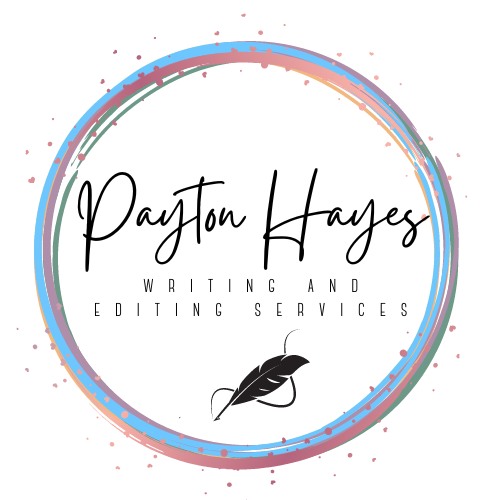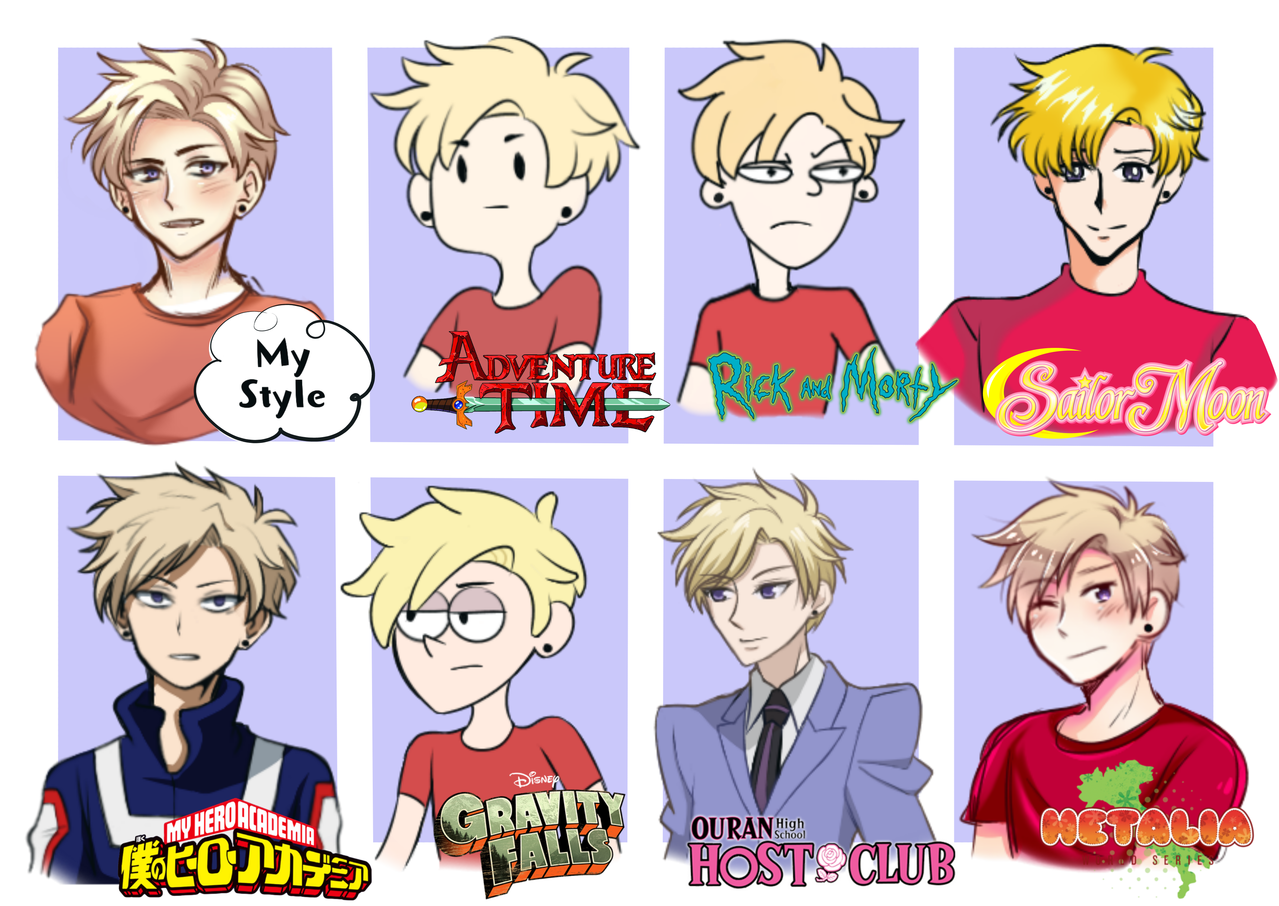Experimentation Is Critical For Creators’ Growth —In Both Art and Writing
Hi readers and writerly friends!
Experimenting as an artist, creator, or writer, is a crucial step in your creative career. It’s important to practice experimentation, early on and regularly throughout your life as an artist to keep your work fresh, innovative, unique, and interesting both for you to create and for viewers to observe. Aspiring or amateur artists should not commit to any one specific style until they’ve had time to experiment with different styles, themes, and mediums. And once they’ve landed on a signature style they enjoy, it is wise to continue experimenting from time to time.
An experiment is a scientific procedure undertaken to make a discovery, test a hypothesis, or demonstrate a known fact. In science, this is true, but it is also the case for art and for writing. When creating art, there are many aspects of the artistic process that can be changed or played with to provide different results.
Vandy, in his article “Should Artists Experiment?” said “In the world of art, often when we say experiment we think of a psychological process of working out what we like and don’t like about the act of making art and the final result” (Massey 2020).
For example, in resin art, the artist can use alcohol ink, watercolor, acrylic, pigment, glitter, guash, sharpies, beads, charms, cabochons, or just about any material between each layer of resin or submerged inside the resin. This example alone shows how much creative freedom we have with just one medium. Consider how you can experiment with different tools as a painter or sculpture. In what ways can you experiment with different colors, saturations, inversions, scales, and shading? How can an artist experiment with the same picture or subject across multiple mediums? How will an artist’s concept change from pen and paper to digital drawing on a tablet? The possibilities are truly endless and every artist’s experiments will naturally be unique.
I’ve been making art since 2010 and writing since well before then, and I still experiment with my work. Although I now have a style I tend to stick with, that wasn’t always the case, and for most of my artistic practice, my works looked as if each one came from a different artist —you’d never know my hands had created them just by looking at them.
Experimentation helps encourage creativity, freedom to try new things, and broadens your perspective as an artist and creator.
In her article, “Why Artists Must Experiment,” Kathleen Kralowec said “Recognizing an act as an experiment releases it from a lot of seriousness, a lot of demands of perfection. The outcome of experimentation is knowledge, and failure is just as valuable as success, because one has expanded one’s awareness of one’s own abilities, one’s deeper ideas, the potential of a media, a process, a genre, an art-form” (Kralowec 2019).
Art studio filled with canvases and murals done in many different styles. Photo by Matthieu Camoy.
Experimenting with Style
Before committing to a signature style or aesthetic, experiment with a wide array of different styles. Try experimenting with patterns, colors, shapes, themes, mediums and styles. No two artists' works are the same and even derivative works can be unique in their own way. Do style studies to practice working with styles that you admire or are out of your comfort zone. For example, try drawing the same sketch ten times, but base it off of someone else’s style to familiarize yourself with different styles and techniques.
Below are a few examples of the Style Challenge artists have been partaking in across social media. The challenge is for an artist to draw something in their own style and then replicate it several more times in other popular animated art styles such as anime, Disney, cartoons, and comic books styles.
Never settle on a specific style; instead continue to always experiment, innovate, and evolve your art, whilst retaining an underlying current of your own style.
ART STYLE CHALLENGE
“draw different styles” by p0kky.
“Style Challenge” by emzdrawings.
“Hijabi” by XenoPurple_Art
“Art Style Challenge” by erinleedani.
Experimenting with Themes
Art studio filled with colorful canvases depicting different styles and themes. Photo by Dom J.
Consider using different themes and subject matter in your work. If you typically write about nonfiction topics, consider writing a short story or poetry. If you usually paint realistic animals, try painting people or still-life paintings instead. If you usually draw geometric forms in your work, try experimenting with realism or surrealism instead. If you typically write comedy, consider painting something with a more political message behind it. If you typically draw geometric or abstract sketches, try drawing something inspired by another work you like such as a Swan Lake ballet performance or a video game character. Experiment with various themes and messages and see how art with similar concepts is translated across different mediums.
Experimenting with Techniques
A myriad of techniques can be used across many different art styles and mediums. Creatively mixing and matching techniques with different styles, mediums, and themes, can result in interesting, unique, and engaging art. It also strengthens your skills and creativity as an artist —having to try new things, troubleshoot, and make creative decisions to reach your desired outcome.
In her blog post, Rebecca of the Rebecca Art Tutor blog explains how she instructed students on a variety of techniques and required they use them to illustrate a textured object in a new and interesting way, leaving the creative decisions up to the students. She said, “We had learnt layering paint, dry-brush, different types of brush strokes, scratching into, lifting off, splatter, dots, impasto and more. We then did an exercise where we had to select a textured object (wood, fur, feathers etc.) and represent it with a painting technique….Although still slightly confused by the idea that …[the student] had the answer to ‘how to do fur’... [and] started representing fur with the fan brush in a very effective way…. I had taught the general techniques but allowed the learner to make the connection of how these techniques could be used.” (Rebecca 2022)
This is a fantastic example of how experimentation can result in effective use of techniques to produce interesting and unique outcomes.
Experimenting with Size
If you’re an artist who typically paints large-scale works such as signs, murals, and backdrops, consider downsizing to practice your hand at details. Both large and small scale art has it’s upsides; small scale art focuses more on details and large scale art focuses more on the big picture. Experiment with size and shape in your work and you’ll find you prefer one over the other and its freeing to focus on other aspects of an art piece from time to time.
Artist looking through her canvases depicting many different themes, styles, and subjects. Photo is a still from a video by Antoni Shkraba.
Experimenting with Mediums
If you’re a sketch artist, try working with watercolor, ink pens, markers, colored pencils, or crayons. If you’re a sculptor, try creating sculptures from mixed media such as plastic, wood, metal, paper, paper mache, yarn, or stone. If you’re a novel writer, try experimenting with poetry, nonfiction, or screenwriting. If you’re a digital artist, try your hand at video editing or animation. The examples are endless, but the advice is the same: experiment across different mediums to see what you enjoy using and to strengthen your skills as an artist.
Kralowec said that by experimenting, we can learn what kind of space we work best in, learn what kind of daily practice, pace, or goal-structure we thrive in, learn about the rules and how to effectively break them, and we can stumble on new genres, approaches or styles: the creation of something truly new.
In my sophomore year of college, I did an art capstone class, where the final project was to produce a large fine art piece that could be sold in a gallery. One crucial step of this project process was to produce a test piece prior to working with our fine art materials and larger-scale canvases. The pieces I submitted for the final grade were 2ft (L) x 2ft (W) (test piece) and 3 x 2ft (L) x 4ft (W) (final project triptych). I was working with ink and wood and it was essential that I do a test piece to ensure my materials worked well together. After all, the test piece came out better than the actual final project, in my personal opinion. But I learned a valuable lesson in art through that project; art has a mind of its own and all the planning in the world can still result in the unexpected. Experimentation frees us from the turmoil we feel when our creative visions do not turn out quite like we’d planned.
Experimentation and innovation in art is an important skill to build for any creator. Artists should not box themselves into any one style or medium and instead look for new ways to breathe life and intrigue into their work. They will become a stronger, more diverse, artist for it. Writers should do the same. Writers should challenge themselves by working across different storytelling mediums, genres, and styles whilst retaining their own unique voice between the lines.
I hope you enjoyed this blog post about experimentation in art. This advice can be applied to any creative skill and is encouraged for artists of all genres, mediums, and walks of life. If you already do experiment in your work, let me know in the comments below!
Bibliography:
Comoy, Matthieu. “Art studio with wall graffiti.” Unsplash photo, July 26, 2017.
Dom J “Horse and figure paintings.” Pexels photo, October 5, 2017.
bodobe “Paint supplies” Pixabay photo, September 2, 2015 (Thumbnail).
emzdrawings. “Style Challenge.” Deviantart post, Jul 24, 2019.
erinleedani. “Art Style Challenge.” Instagram post, accessed November 7, 2022.
Kralowec, Kathleen. “Why Artists Must Experiment” Medium article, June 12, 2019.
Massey, Vandy. “Should Artists Experiment?” Vandy Massey Studio blog post, August 5, 2020.
Mcseal. “Style Challenge.” Medibang.com, ArtStreet post, 2019.
p0kky. “draw different styles.” Deviantart post, June 21, 2019.
Shkraba, Antoni. “Woman looking at paintings. “Pexels photo, June 2, 2020.
Yulaukira. “Art Style Challenge.” Medibang.com, ArtStreet post, 2021.



















